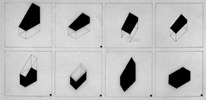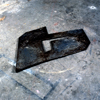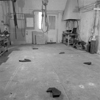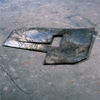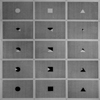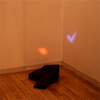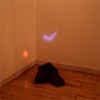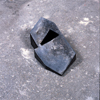
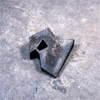

The "Catastrophe Theory" sculptures, (1977-1980) explored a new premise in mathematics.
"... a method for describing the evolution of forms in nature... It is particularly applicable where gradually changing forces produce sudden effects. We often call such effects catastrophes, because our intuition about the underlying continuity of the forces makes the very discontinuity of the effects so unexpected, and this has given rise to the name." Introduction " Catastrophe Theory" E.C. Zeeman 1977
Further, the basic question posed: Can these moments be graphed and what do they have in common?
These floor sculptures are based on a three-dimensional graph invented by René Thom and further expanded upon by E.C. Zeeman.
The cusp catastrophe graph is a model of behavior observed in animals describing emotion and mood, generated in the limbic system, the phylogenetically older part of the brain.
The emotional moment of flight or fight (and many other phenomena that occur in nature) could now be charted as a mathematical equation.
